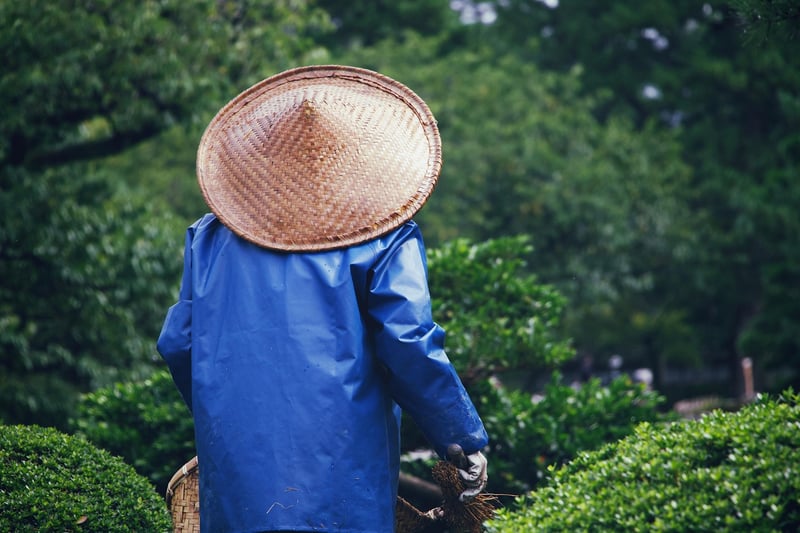Pruning Techniques
Keep Your Garden Healthy with Proper Pruning Techniques
Pruning is an essential practice for maintaining a healthy garden. By removing dead or overgrown branches, you can promote growth, improve airflow, and enhance the overall appearance of your plants. Here are some tips on how to effectively prune your garden to keep it thriving:
1. Use the Right Tools
Invest in high-quality pruning shears, loppers, and saws to make clean cuts without damaging the plant. Keep your tools sharp and clean to prevent the spread of diseases between plants.
2. Know When to Prune
Understand the blooming cycle of your plants to prune at the right time. For most flowering shrubs, prune after they bloom to encourage new growth. Deciduous trees are best pruned during their dormant season in late winter or early spring.
3. Remove Dead or Diseased Branches
Identify and remove any dead, damaged, or diseased branches to prevent the spread of pathogens. Make clean cuts just above a bud or branch junction to promote healing.
4. Shape and Control Growth
Prune to shape your plants and control their size. Remove crossing branches, water sprouts, and suckers to maintain a balanced structure and encourage airflow through the canopy.
5. Leave Some Foliage
While it's important to remove excess growth, make sure to leave enough foliage to support the plant's health. Avoid stripping away too many leaves, as they are essential for photosynthesis.
6. Monitor and Adjust
Regularly inspect your plants for any signs of overgrowth or disease. Adjust your pruning techniques as needed to promote healthy growth and prevent issues before they become severe.

By following these pruning techniques, you can keep your garden healthy and thriving throughout the year. Remember to prune with care and attention to detail to ensure the best results for your plants.
For more gardening tips and tricks, check out our website.
